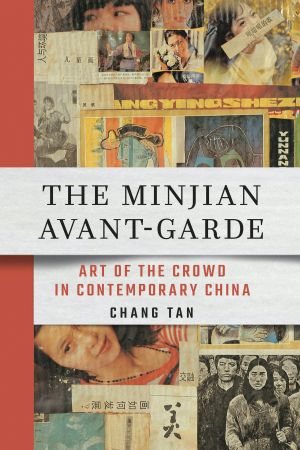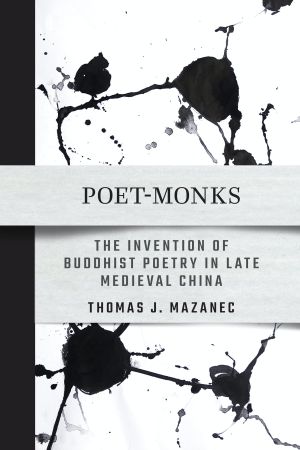Publications
East Asia Program (EAP) publications consist of occasional publications related to the program, including books and articles by EAP faculty, and the titles published by the Cornell East Asia Series (CEAS), a scholarly press with over 200 titles on its list. In 2019 CEAS became an imprint of Cornell University Press.
Browse All EAP Publications
The following list includes all publications related to EAP, both occasional titles and those in the Cornell East Asia Series (CEAS).
Island Ablaze and Other Stories is an anthology of thirteen stories—eleven from South Korea and two from North Korea—about these countries' complicated relationships with their most important ally…
Winner of the 2023-24 William F. Sibley Memorial Subvention Award for Japanese Translation.By the Waters of Babylon is a memoir and travelogue by Mori Arimasa, the influential Japanese philosopher…
The Kitchen God and His Wives is a modern folk epic on the origin of the Stove God, widely venerated across China. In this tale, the Stove God (or Kitchen God) begins as a mortal man who owes his…
The Dialectics of Absolute Nothingness investigates the appropriations, critiques, and innovative interpretations of German philosophy by the Kyoto School, showing how central concepts of German…
Worm-Time challenges conventional narratives of the Cold War and its end, presenting an alternative cultural history based on evolving South Korean aesthetics about enduring national division. From…
In Fuzzy Traumas, Tyran Grillo critically examines the portrayal of companion animals in Japanese literature in the wake of the 1990s "pet boom." Blurring the binary between human and nonhuman,…
Denationalizing Identities explores the relationship between performance and ideology in the global Sinosphere. Wah Guan Lim's study of four important diasporic director-playwrights—Gao Xingjian,…
Kyokutei Bakin's Nansō Satomi Hakkenden is one of the monuments of Japanese literature. This multigenerational samurai saga was one of the most popular and influential books of the nineteenth century…
The Minjian Avant-Garde studies how experimental artists in China mixed with, brought changes to, and let themselves be transformed by minjian, the volatile and diverse public of the post-Mao era.…











